Sustainable by Design
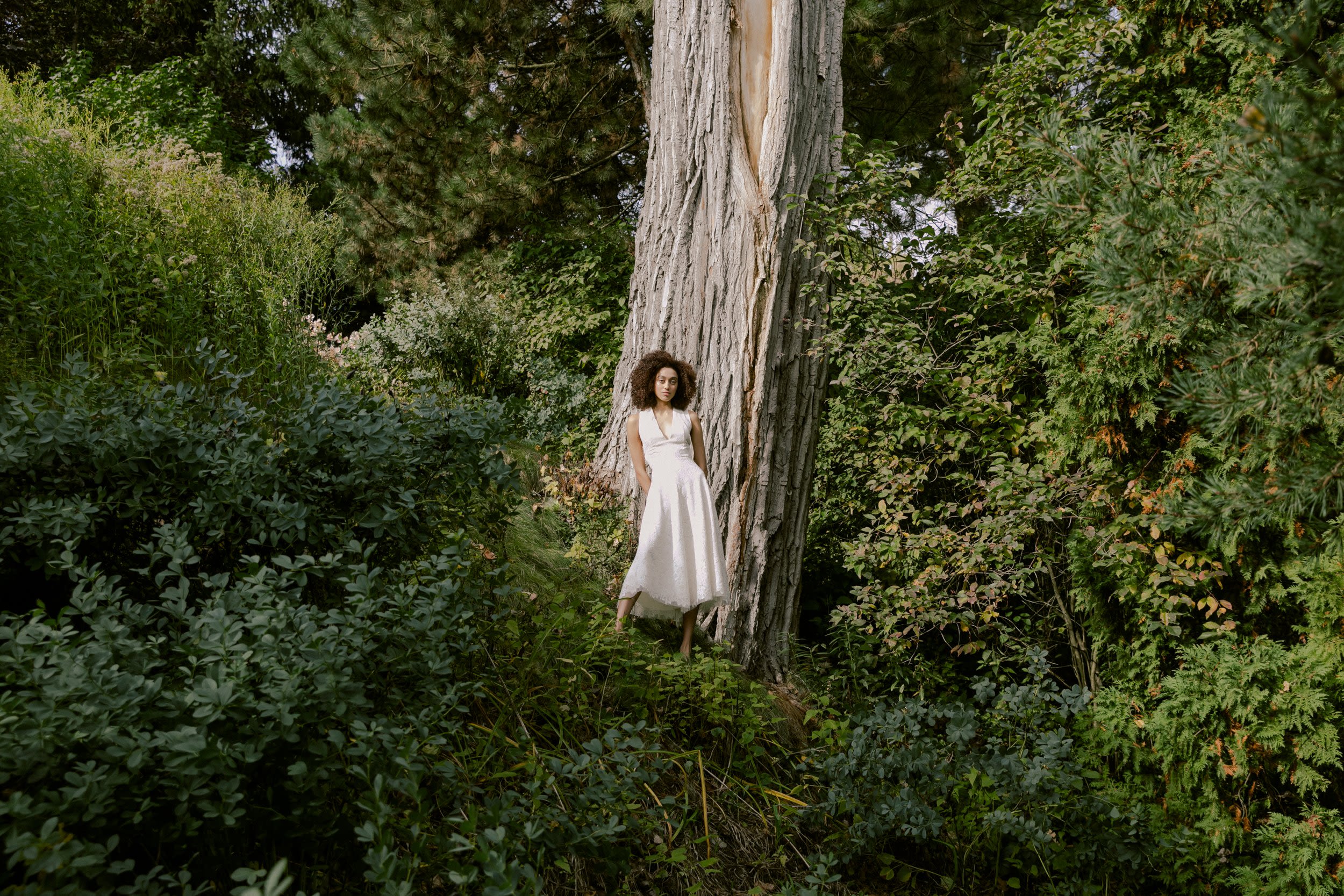
by KT Hawbaker (MA 2017)
For School of the Art Institute of Chicago (SAIC) students, alums, and faculty, sustainability is an issue as personal as artistic practices. In fact, for many members of our community, environmental concerns have lain at the heart of their work for years.
These concerns are particularly pertinent to those working in fashion. The fashion industry and textile production create more greenhouse gas emissions than sea-based shipping and international flights combined. Meanwhile, the number of times a garment is worn has decreased more than 36 percent over the past 15 years. While the wider fashion industry is just starting to respond to these issues, sustainable concepts are essential to SAIC’s Fashion Design program, where the nuances of climate change, fast fashion, and composition are a constant curricular focus.
School of the Art Institute of Chicago magazine spoke with SAIC faculty members Jackey Cave and Kristin Mariani (BFA 1994) and SAIC Fashion Council Chair Heiji Black to learn more about sustainable fashion.
KT: While we’re here to talk about sustainable fashion and design, I want to start by asking how each of you came to the field.
Kristin: I came to fashion through the love of sewing. I started sewing when I was 13 years old, and it's how I began to make creative and intellectual connections through material. It was in my early 20s that sewing morphed into a design and art practice.
Jackey: I am hands-on with a lot of different media, but fashion ended up being a way for me to express myself differently and to build different shapes and forms. I remember just doing it out of paper first and it just drifted into fabric.
Heiji: My mother was an immigrant to the United States, and the way that she got out and about was by taking me to discount stores. I also started drawing clothes and designing my own clothes as soon as I could write. In my 20s, I ended up owning a store in Bucktown/Wicker Park and started curating fashion.
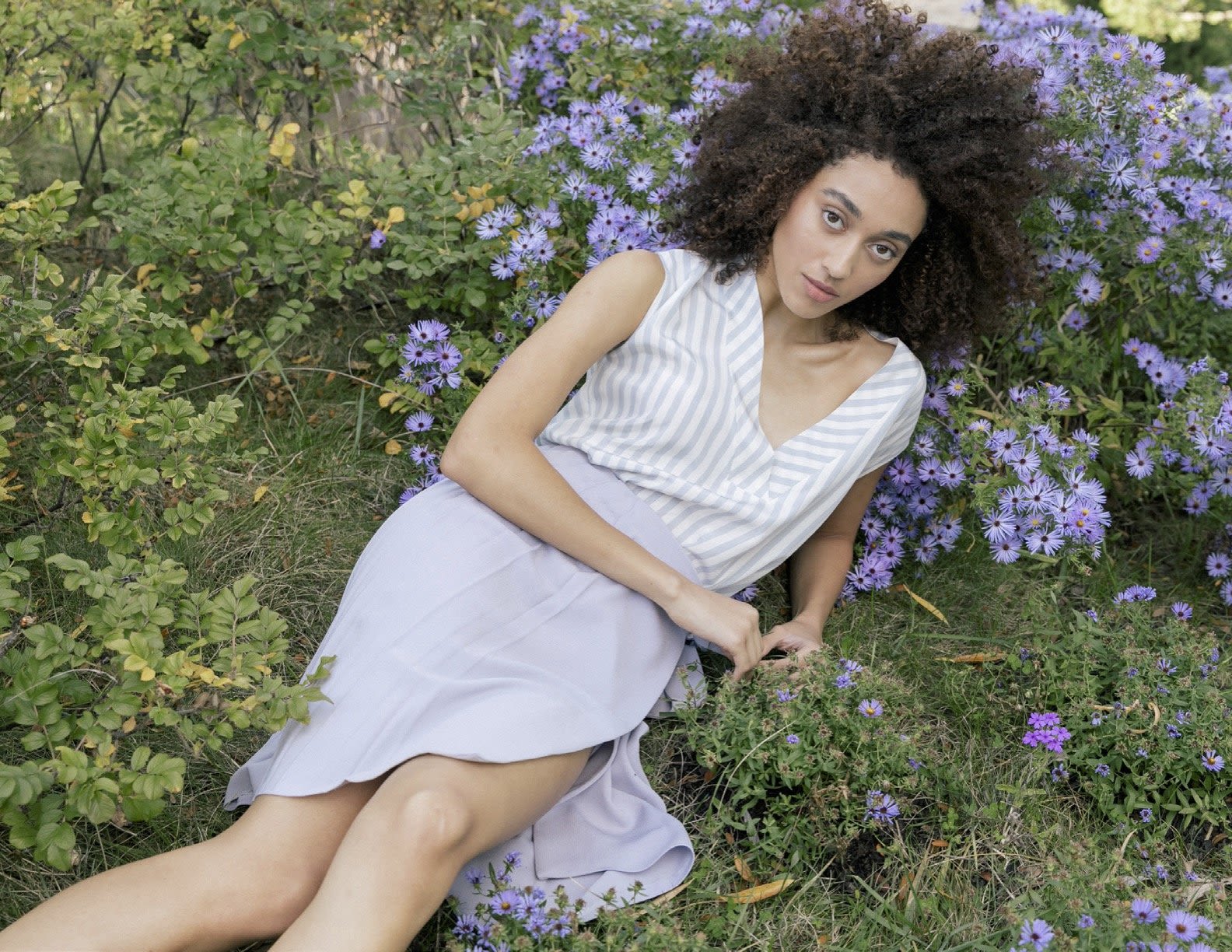
A look from Jeune Otte's Collection IV: Spring Summer 2022
A look from Jeune Otte's Collection IV: Spring Summer 2022
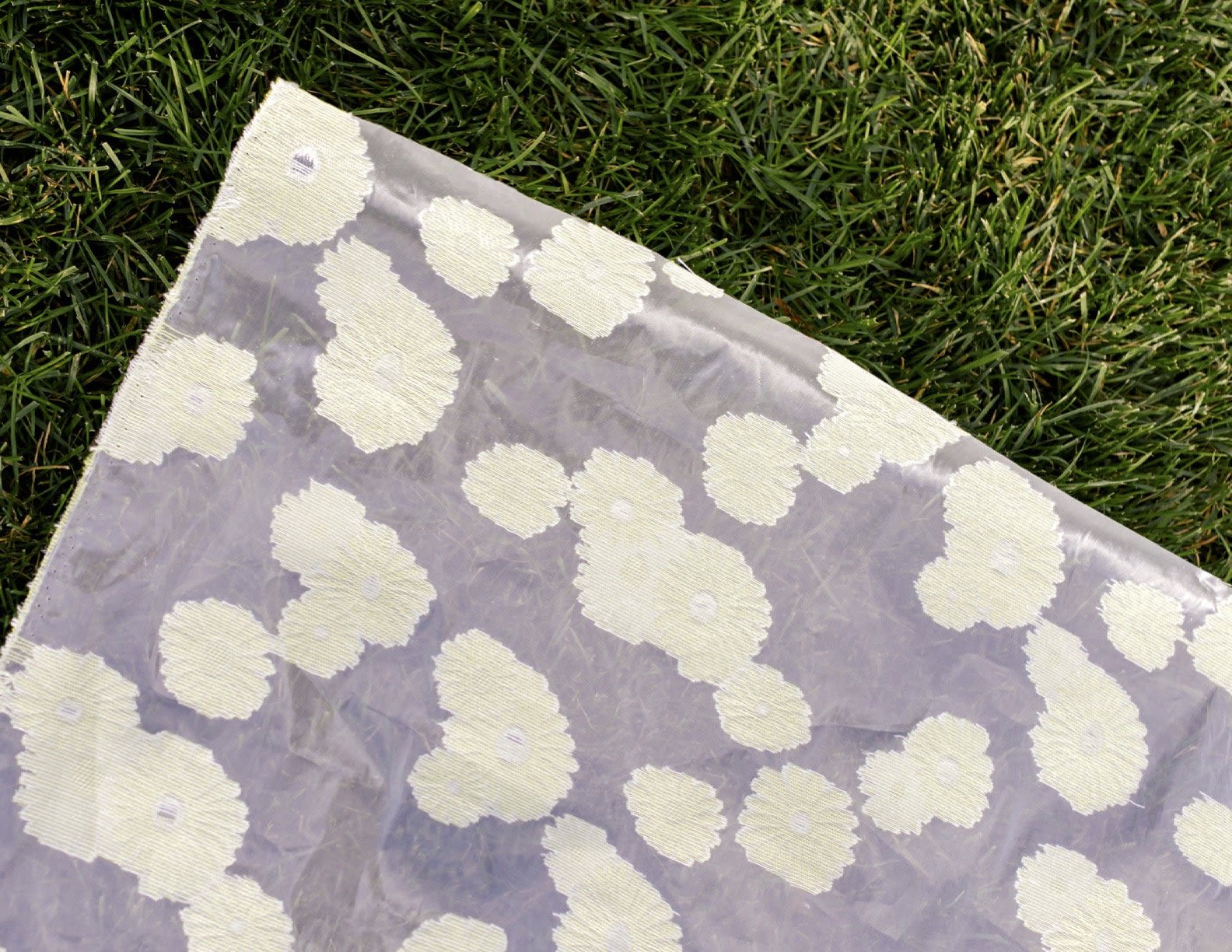
Fabric from Jeune Otte's Collection IV: Spring Summer 2022
Fabric from Jeune Otte's Collection IV: Spring Summer 2022
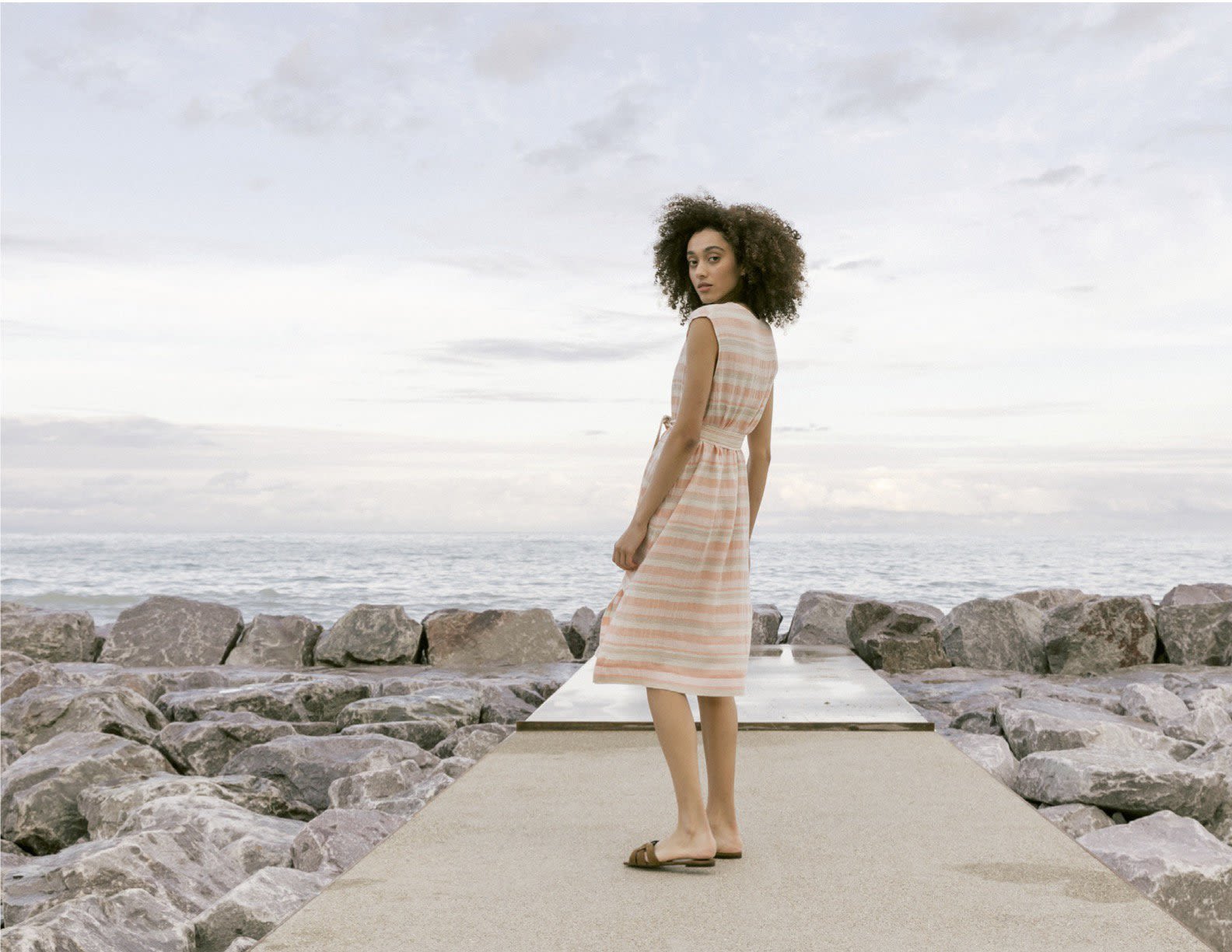
A look from Jeune Otte's Collection IV: Spring Summer 2022
A look from Jeune Otte's Collection IV: Spring Summer 2022
KT: Heiji, I read that you carried major names like rag & bone at that store. I don't think most people would necessarily associate big design houses with sustainable practices. What made you tilt toward smaller, greener practices?
Heiji: I was really selective in curating, and I picked small designers who were doing something interesting and unique. Alongside that, I think having children just made me super aware and conscious of sustainability issues. After I closed the store, I partnered with a friend and created my own brand, Jeune Otte, that focuses on fashion and sustainability in equal measures.
KT: Kristin and Jackey, what was your entryway to sustainability?
Kristin: I wanted to form my own ecology of practice to consider the impacts of my designs. No design is without its implications. How could I bring more awareness to those implications and remediate them in some way? I started my company Redshift working with salvaged materials, such as leather, wool, cotton, and silk.
Jackey: I had five brothers, so my mom would go to the thrift store, and I enjoyed going with her. Secondhand materials have always been essential to me. It’s always been about finding fabric that I couldn’t afford or find at a fabric store.
KT: You all have really rich histories with the subject, and SAIC’s Fashion Design department has educated students around sustainability for years. How do your courses support and challenge sustainable innovation?
Jackey: I really believe there are just so many wonderful things out there you can recreate or reclaim. [In my classes,] we start with nothing and imagine what we can create from that.
Kristin: This generation of students is much more ecologically concerned than previous ones. I’ve had many holistic discussions with my students about the environmental implications of fashion, for instance how cotton fabric is made from a plant that requires land, water, and labor to grow, and is then harvested, turned into filament, and woven. It’s a natural fabric with a very problematic history, not just a prettily packaged product.
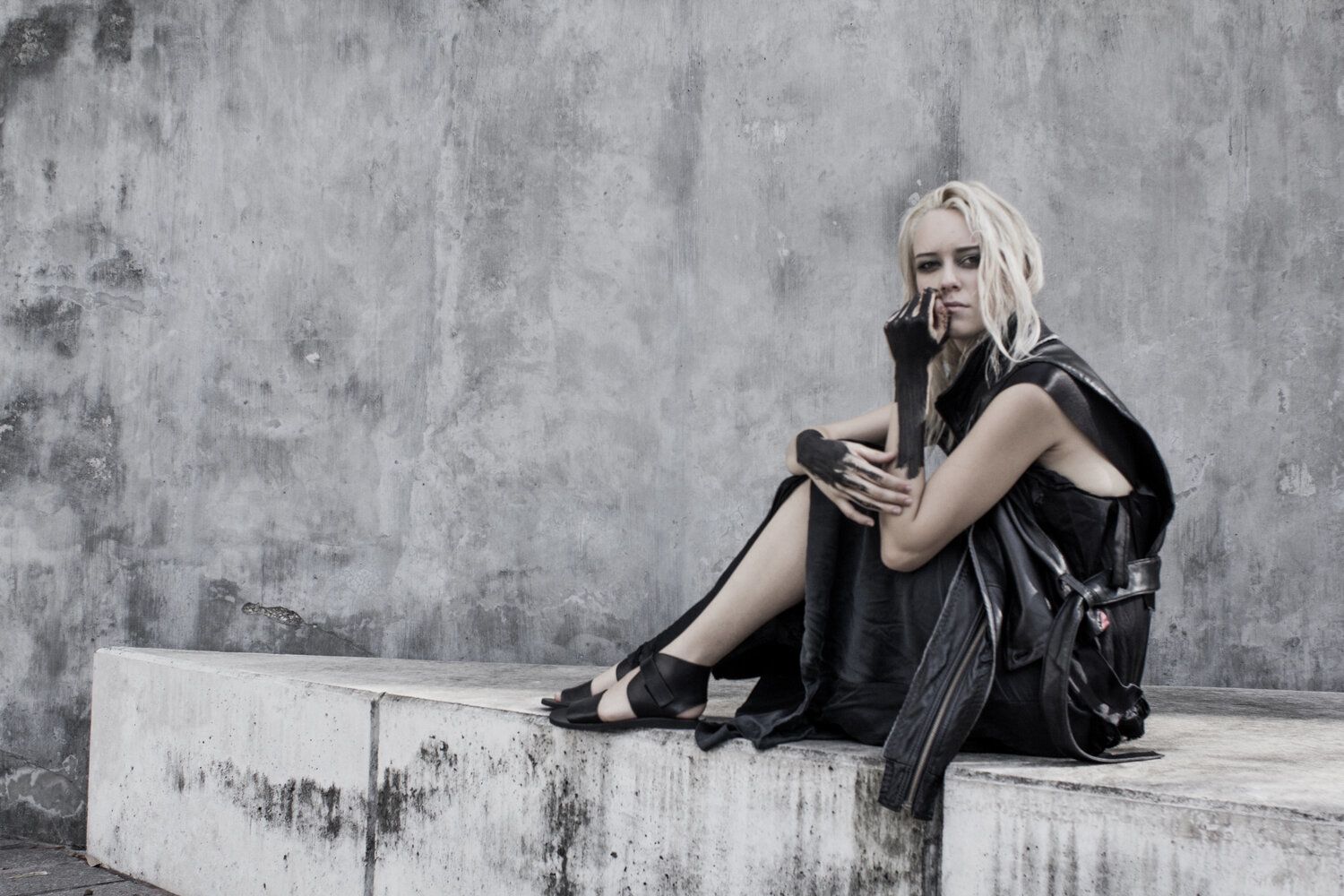
A look from RedShift: Second Hand Skins
A look from RedShift: Second Hand Skins
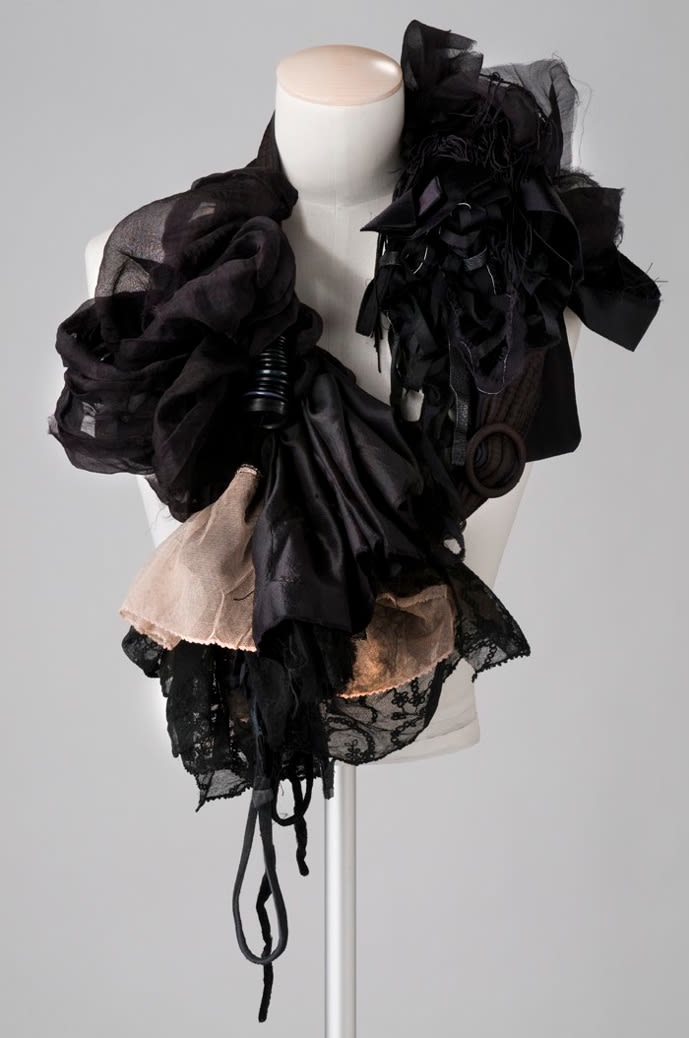
A look from RedShift: Silk Remnants
A look from RedShift: Silk Remnants
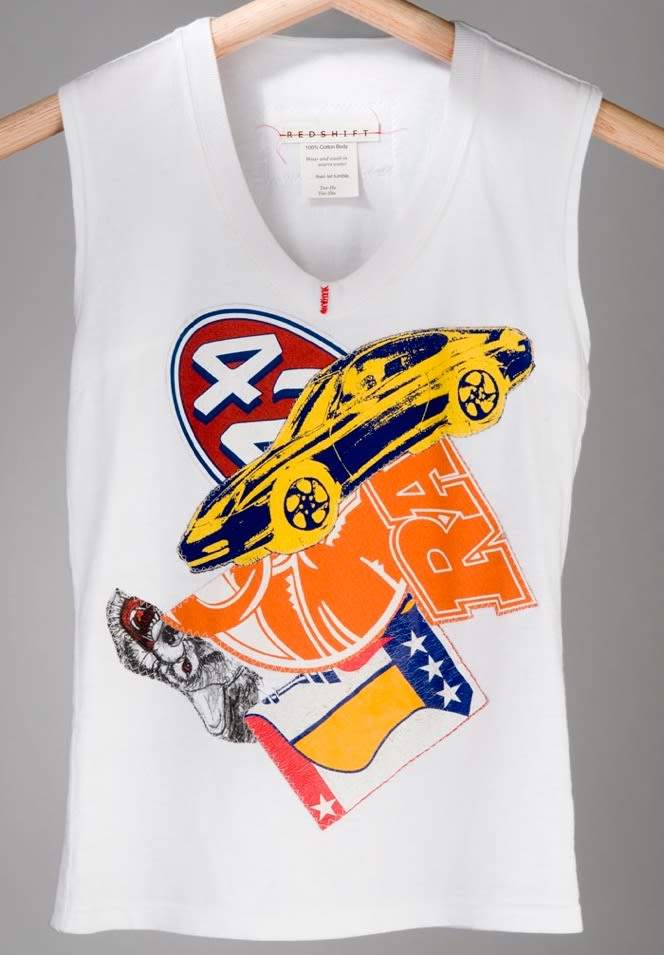
A look from RedShift: Tee Hee's/Tee She's
A look from RedShift: Tee Hee's/Tee She's
“This generation of students is much more ecologically concerned than previous ones. I’ve had many holistic discussions with my students about the environmental implications of fashion.”
Jackey: I agree with Kristin. I think these students are engulfed in the political ecologies of material.
KT: Would you say that students are focusing on sustainable designs more now than in the past?
Heiji: While I don’t teach at the School, I’m involved with SAIC’s Fashion Council, and I do see that many more students are using found fabrics, just like Jackey was talking about, in creating their final projects. You see many more students wanting to use found fabrics. I think there's a lot of environmental anxiety among the younger generation and their projects.
Kristin: Definitely. I have a student who is developing a project using the waste muslin that's left around the fashion department, transforming it through dying processes and hand manipulations. I think the beauty of a found material is that there's a freedom to experiment with it. You don’t have to know everything before you pick it up, take it apart, and transform it into something new.
Jackey: And it’s easier because the terminology is changing. For instance, instead of saying “thrift store,” it's “upcycled.” Terminology gives it the feel of value.
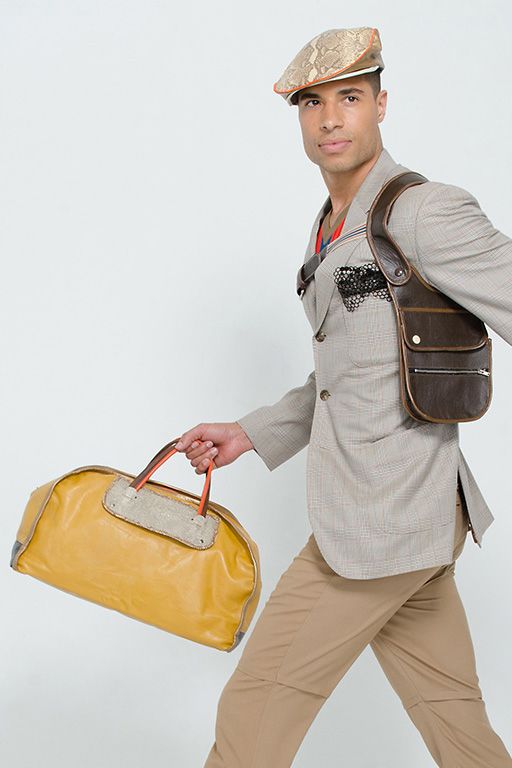
A look from a Jack Cave collection
A look from a Jack Cave collection

Fabrics from a Jack Cave collection
Fabrics from a Jack Cave collection
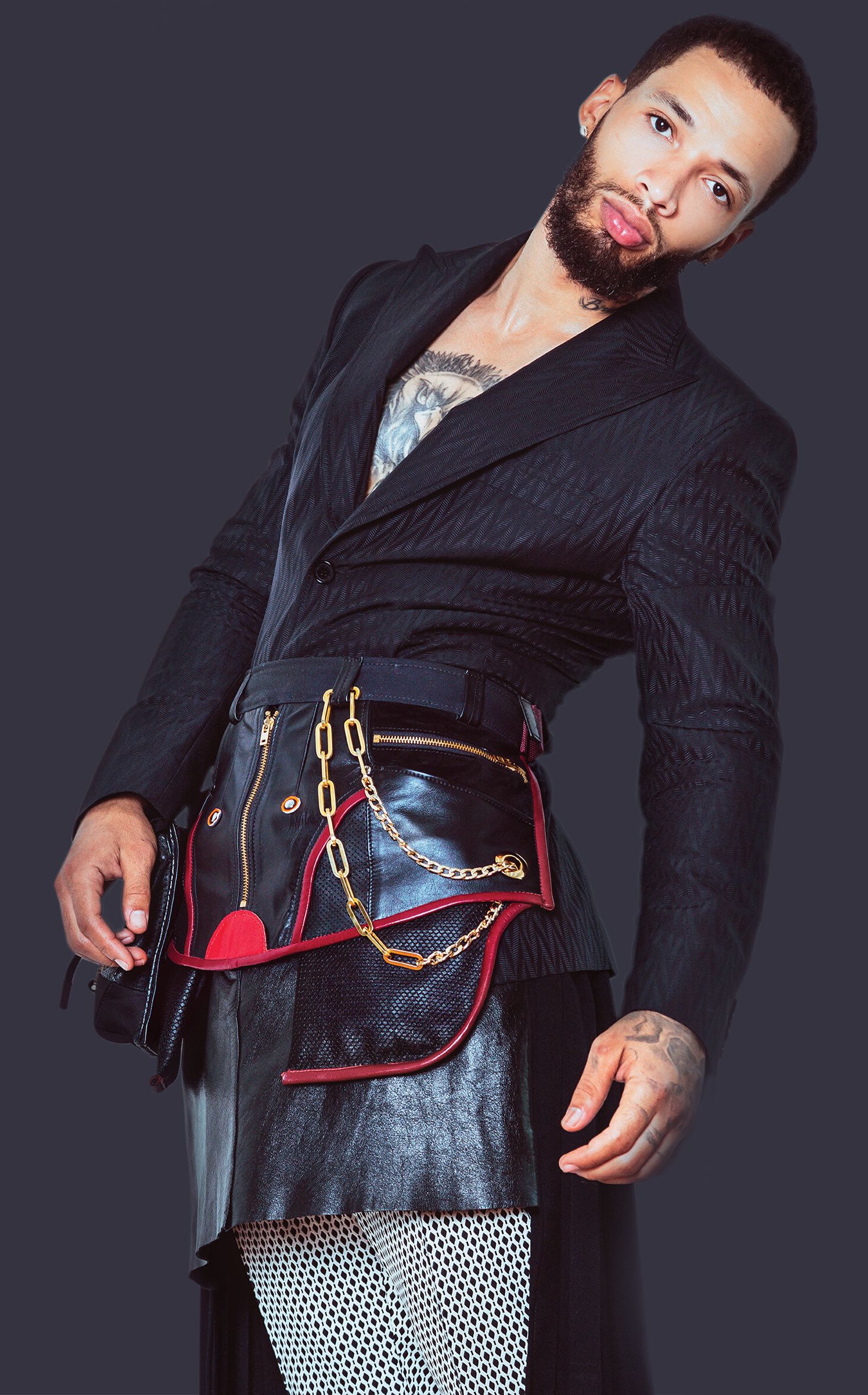
A look from a Jack Cave collection
A look from a Jack Cave collection
“It’s all about endurance, about reinventing garments over and over again. My students see materials that I salvage and what I make it into. That has really helped them push themselves and to recognize the vastness of sustainable design.”
KT: How can people negotiate the financial and material realities that come with sustainable fashion?
Heiji: There are so many layers when it comes to accessibility. You have creative-minded individuals, like the professors at SAIC, who are really pushing the envelope, and with that sometimes comes a price tag. It's an artisan product. But, many will look at designers’ price tags and think that it is not within their budget. Given Jeune Otte’s use of found, mill-end, and deadstock fabrics, we bring our prices to a reasonable level. And we're very conscious about that. But, everything is being made in Chicago, and we want to pay our production people a fair wage. It's all intertwined.
Our society feels entitled to consuming, but a higher price tag should mean that you're not buying 10 of something. You're just buying one that's going to last you a long time.
Jackey: It’s all about endurance, about reinventing garments over and over again. My students see materials that I salvage and what I make it into. That has really helped them push themselves and to recognize the vastness of sustainable design.
Kristin: Because our students make their own garments, they have a much better sense of why certain clothing is more expensive, and why fast fashion is not. Overall, the price of clothing has gotten cheaper, not more expensive, because the value of labor has been lowered. How can a designer form a new modality for consuming and wearing fashion that considers a truer value for the time and skill needed to make clothing? ■

